About
The Leica T (Typ 701) is an innovative mirrorless camera that blends high-end design with solid performance. Initially, it faced criticism for its autofocus issues and limited native lens options. However, with the release of firmware version 1.9, many of these issues have been resolved. Autofocus performance is now much improved, making it more reliable for everyday use.
The T-mount, which is compatible with the broader L-mount alliance, opens up a wide range of lenses from Panasonic, Sigma, and Leica, greatly expanding creative possibilities. Additionally, the camera is now more versatile with manual lenses through adapters, including vintage options like Minolta Rokkors.
From a photographer’s perspective, the Leica T has evolved into a more competitive camera. Its design remains a standout, with its minimalist touchscreen interface and solid build quality. While it’s not without its quirks, the updates have significantly enhanced its usability and value, especially for those who appreciate the Leica experience.
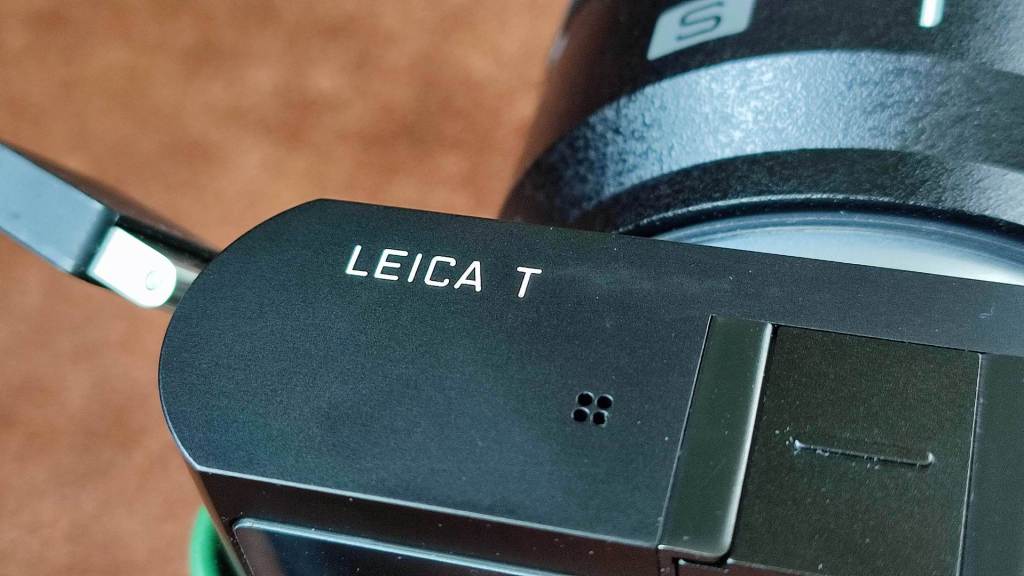
Firmware 1.9
My new Leica T Type 701 came with firmware version 1.9, which includes the latest updates. These updates have made a significant difference in the camera’s performance. Most of the previous annoyances have been resolved. However, it’s important to note that this camera still lacks a viewfinder, which was one of the main complaints from many reviewers in the past.
But does this really need to be such a big issue? There are plenty of cameras without viewfinders—not just the legendary Olympus Pen series, but also models like the Nikon Z30, the Lumix S9, and many others. Personally, I find it difficult to use a camera without a viewfinder, but I got used to it with the Pen series. I also believe that if you buy a camera designed this way, you shouldn’t complain about it later.
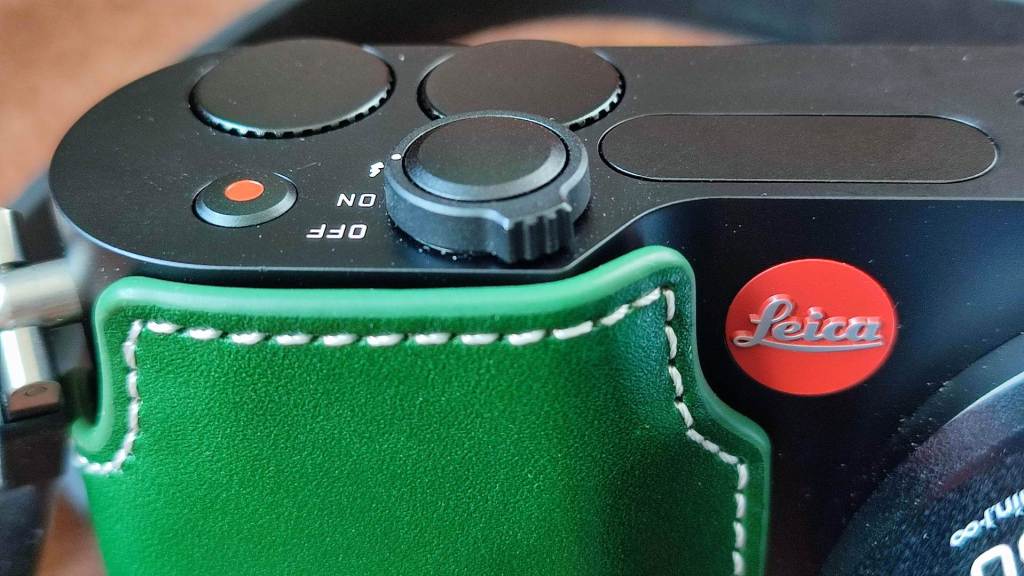
The Camera
The Leica T is very similar to some Olympus cameras, particularly the earlier E-P, E-PM and E-PL series, and the later E-PL9, E-PL10 and the more advanced EP7 model.
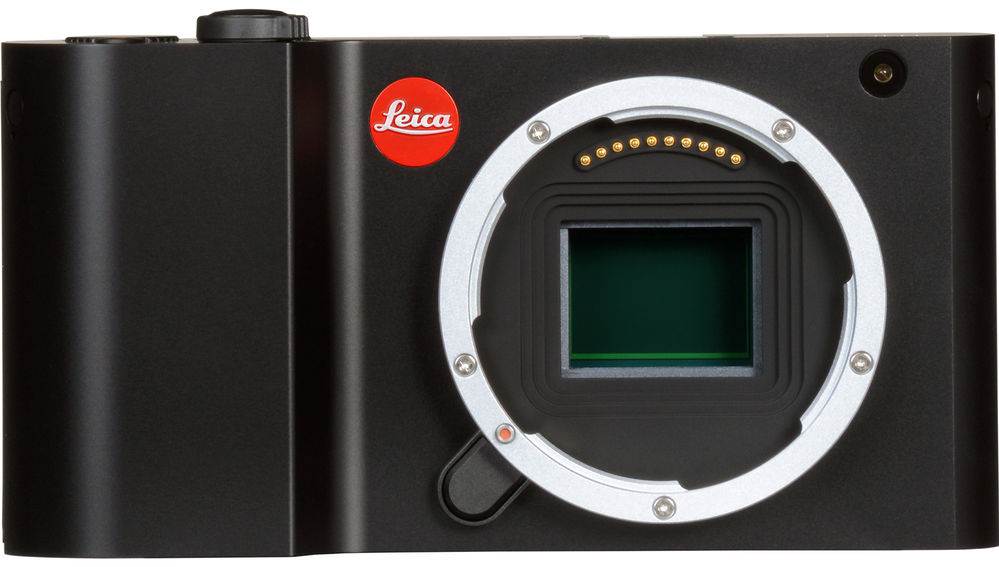
One of the main advantages of the Leica T, in my opinion, is its much larger screen, which is 3.7 inches. The interface, which operates using on-screen buttons or tabs similar to those on a smartphone, may seem unusual at first. However, in practice, I have found it to be quite handy and easy to work with, even if it may not appeal to photographers who prefer real dials and buttons.
Additionally, the Leica T features two Command Dials, which are essential for adjusting settings quickly. The interface allows for faster access through these tabs, unlike traditional menus where you often have to navigate through multiple layers. With the Leica T, you don’t have to deal with that frustration. The camera is also aesthetically pleasing, with a sleek, professional design.
The interface is well done and easy to use, making the camera practical even without a viewfinder. It’s easier to handle than a mobile phone or even the Olympus EPL or EP series, especially because of the larger screen. The Leica T fits well in the hand, and I found it to be a perfect camera to use, which was surprising since I’m usually not a fan of cameras without an electronic viewfinder (EVF) or many physical buttons. However, this camera has completely changed my mind in terms of ease of use.
In public, the Leica T doesn’t draw to much attention, which could be seen as an advantage. It operates similarly to a smartphone, which makes it less conspicuous compared to holding a large professional camera up to your eyes. Overall, it’s a fantastic camera, and I am very satisfied with it.
My expectations were high regarding image quality, and the Leica T has met them perfectly. The image quality is outstanding—perhaps even better than what I get from my Olympus cameras. The Leica T delivers very impressive image quality, making it a very desirable camera.
Well, if you don’t wear glasses and have no issues with your vision, the large 3.7-inch screen is likely an improvement over the smaller displays found on other cameras. However, glasses wearers might struggle with reading the photo information, such as shutter speed and aperture. At least, that was my experience. As a result, I ended up with an entire series of blurry shots because I thought I had set the shutter speed to 1/125, when in reality it was 1/25.
So, while I love the larger screen, I do find myself needing to bring my glasses along to verify the settings when taking photos—and that’s not always the most convenient thing. That said, there are ways around it, like setting the camera to fully automatic mode through the menu.
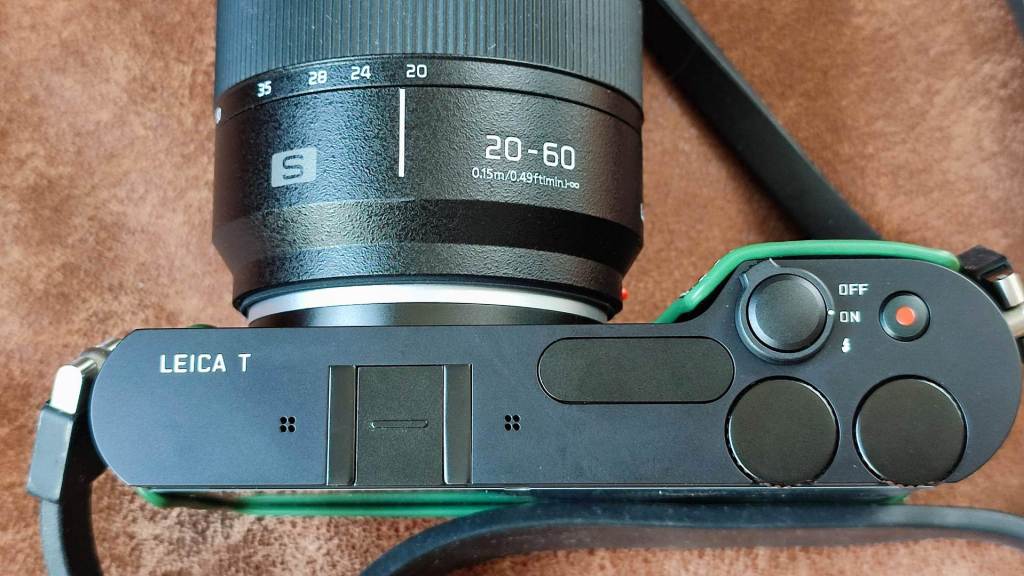
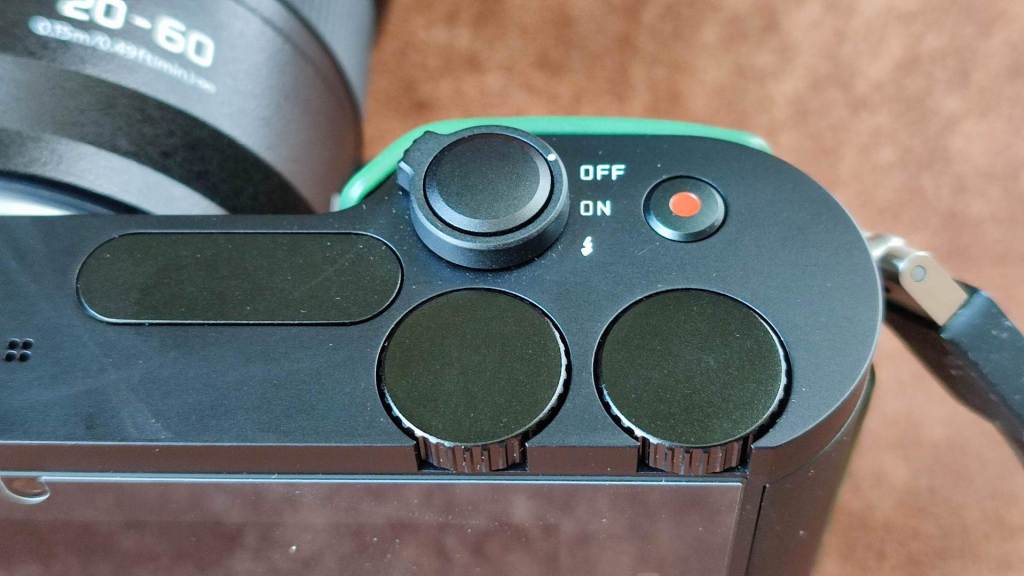
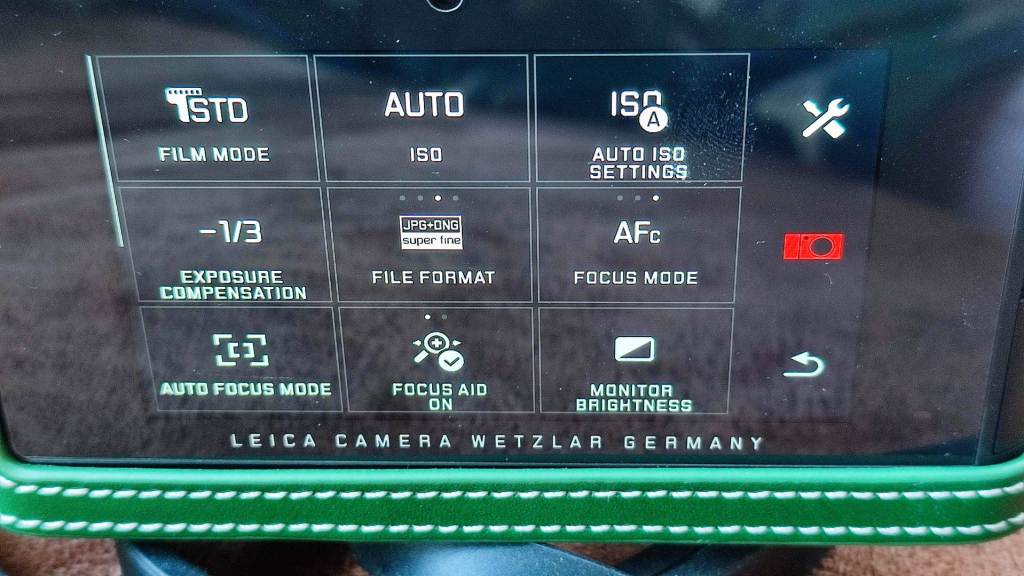
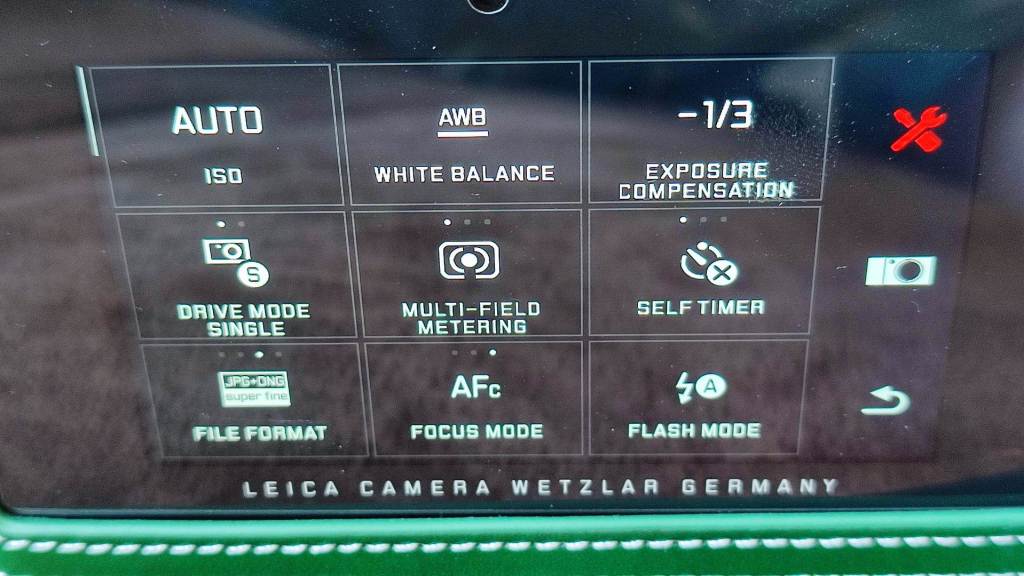
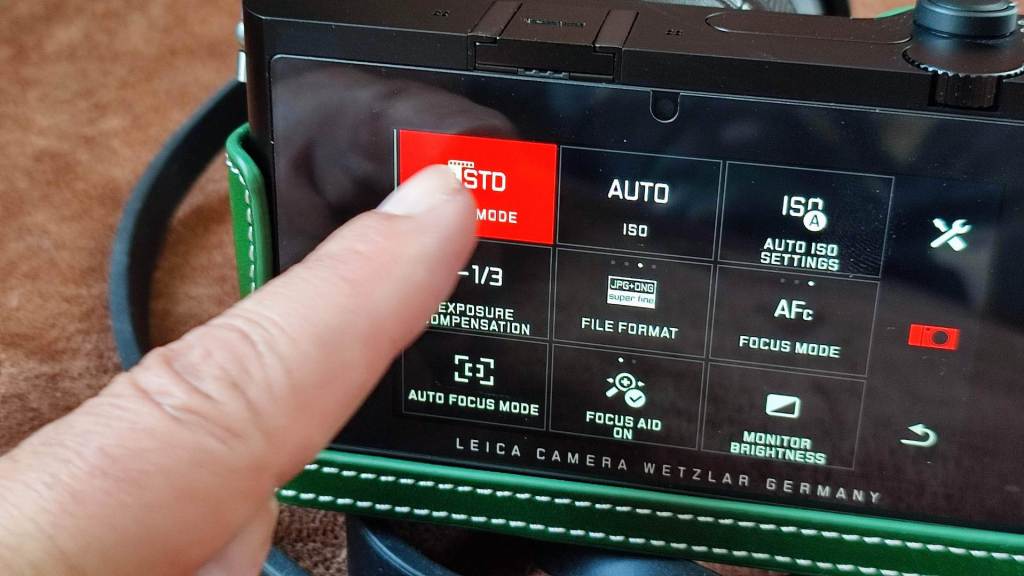
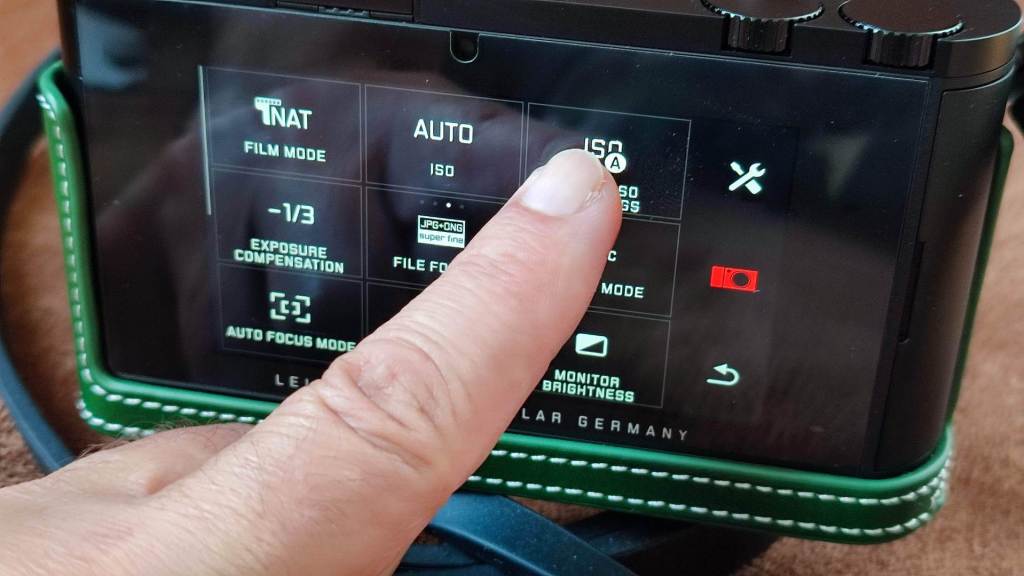
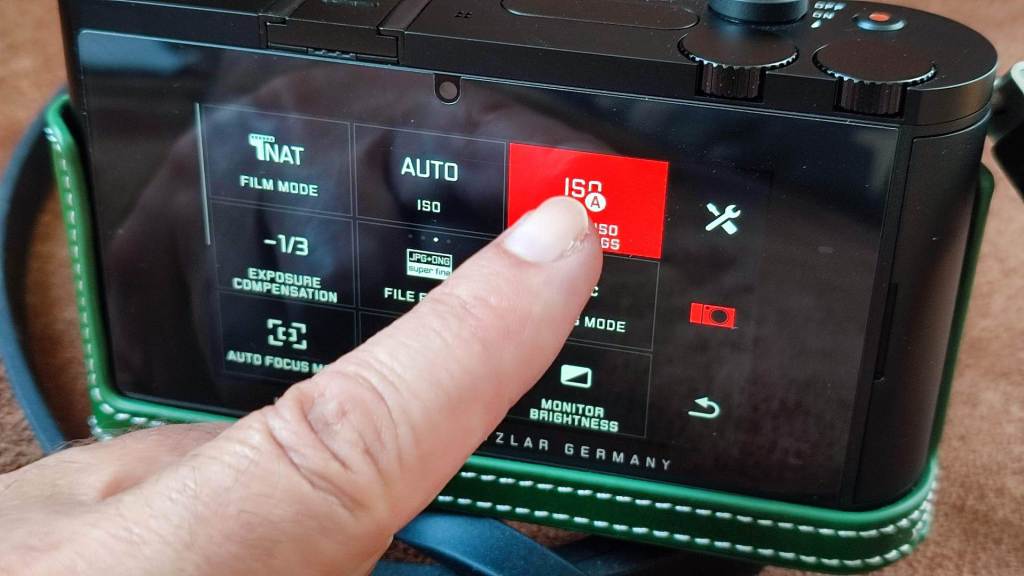
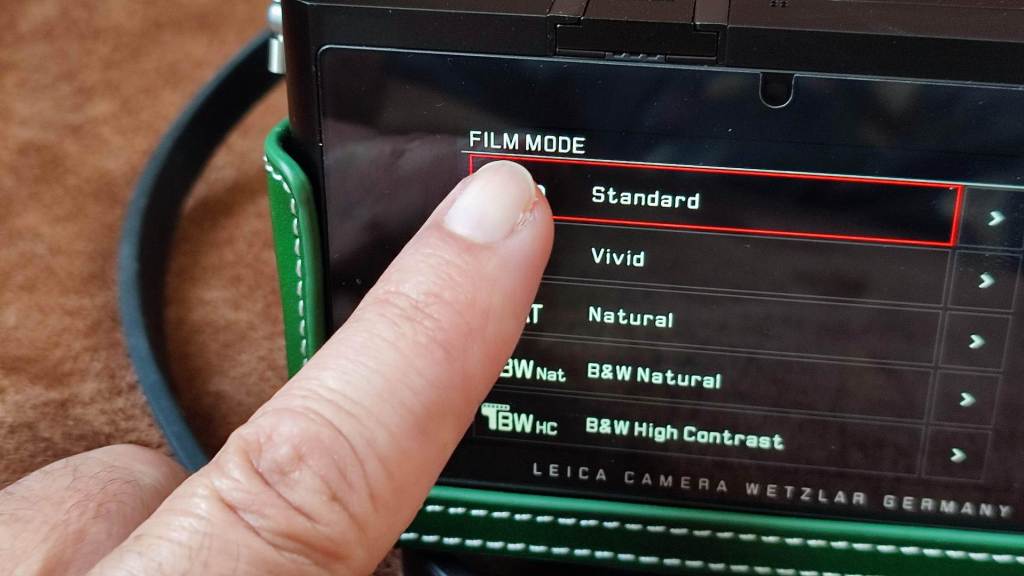
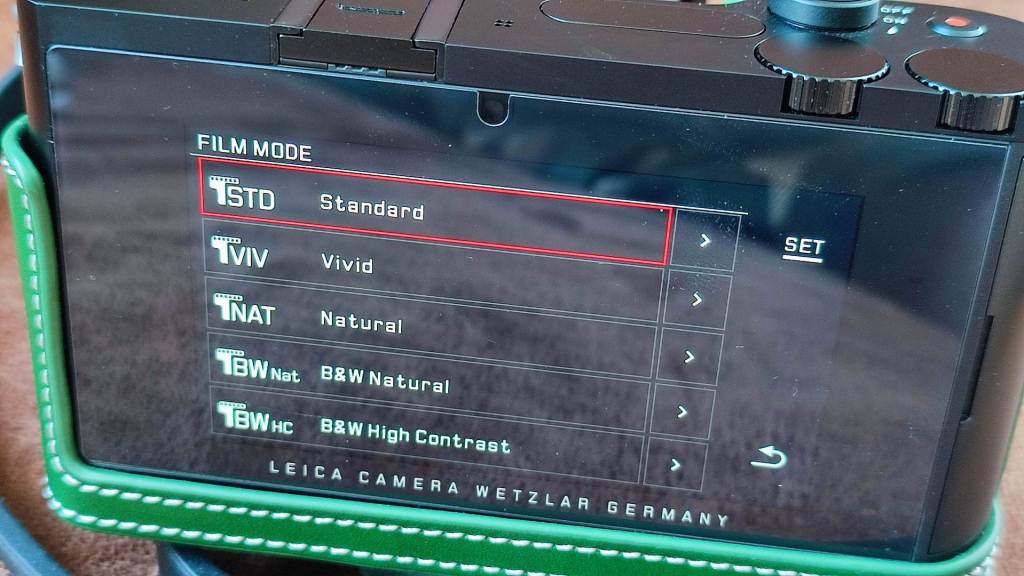
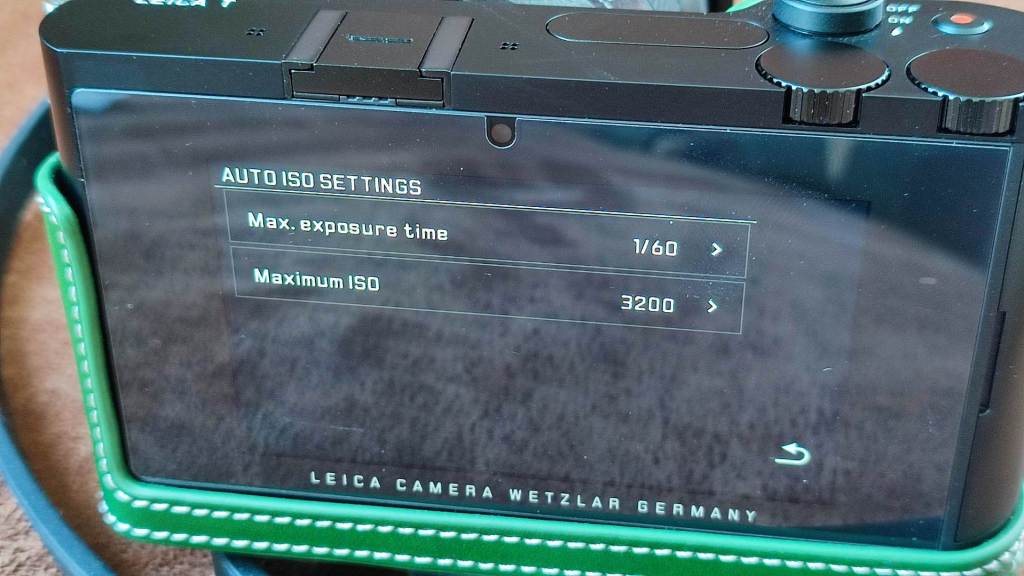
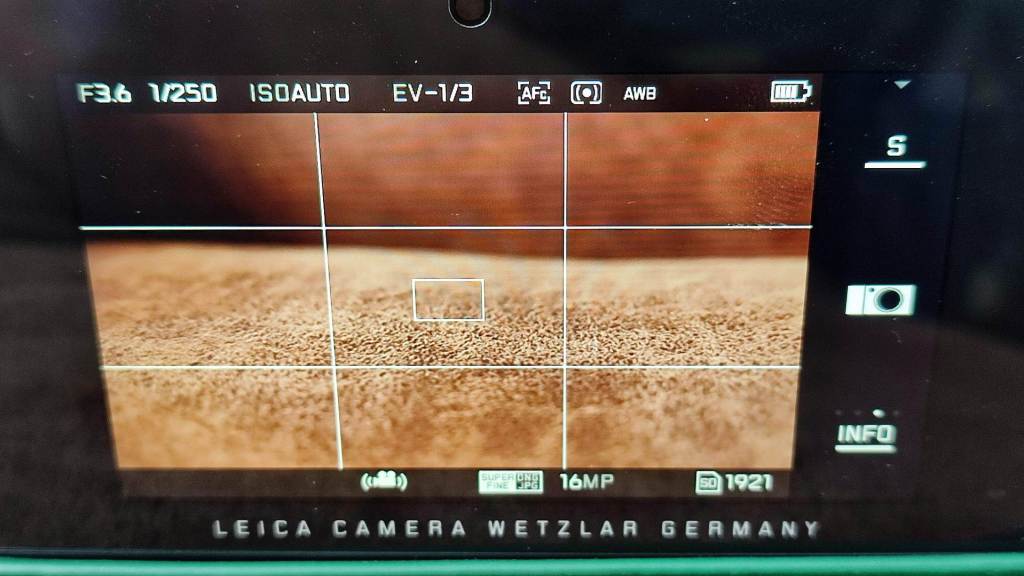
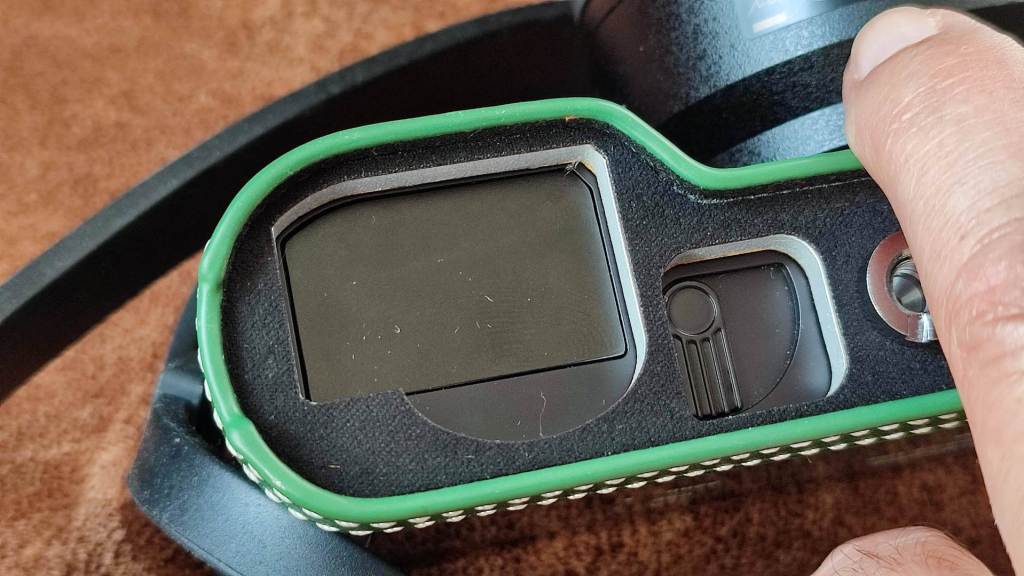
Lenses
The camera was delivered without lenses, so my first concern was getting one to start using it. It didn’t take long before I got a second one. The first lens I purchased was the Panasonic Lumix S 20-60mm f/3.5-5.6. It’s a lens that has been highly praised in many reviews. With the crop factor of the Leica, it serves as a good standard zoom lens—unfortunately, it’s not stabilized!
Shortly after, I bought the Panasonic Lumix 14-28mm F4-5.6 Macro. Like the previous lens, it is also not stabilized, but with this wide-angle lens, the lack of stabilization is much less noticeable than it would be with a telephoto lens. I then added a manual lens from the well-known brand TTArtisan, the 7.5mm f/2.0 Fish Eye. I love those extreme wide-angle landscapes. I was also very keen on getting the TTArtisan 25mm f/2.0 to make the camera truly pocketable, but unfortunately, it’s nowhere to be found—at least not with the L-mount.
So, I tried another Lumix lens, the 26mm f/8 manual lens. I bought it brand new since it’s not yet available second-hand online. Unfortunately, the Leica T acts strangely when this lens is mounted. First, there was no image, and the camera wouldn’t turn off. Then, with no SD card inserted, I got an image, but the camera was still completely unresponsive—essentially unusable. The reason? It could be a combination of firmware issues, the electronic contacts on an otherwise manual lens, or something else. Perhaps it works on another camera, but consider this a warning.
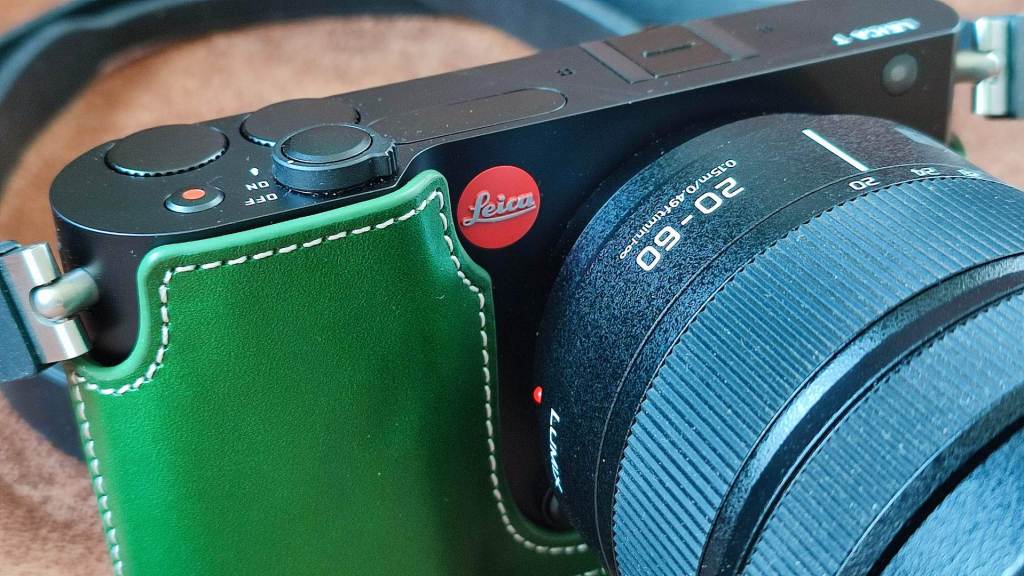
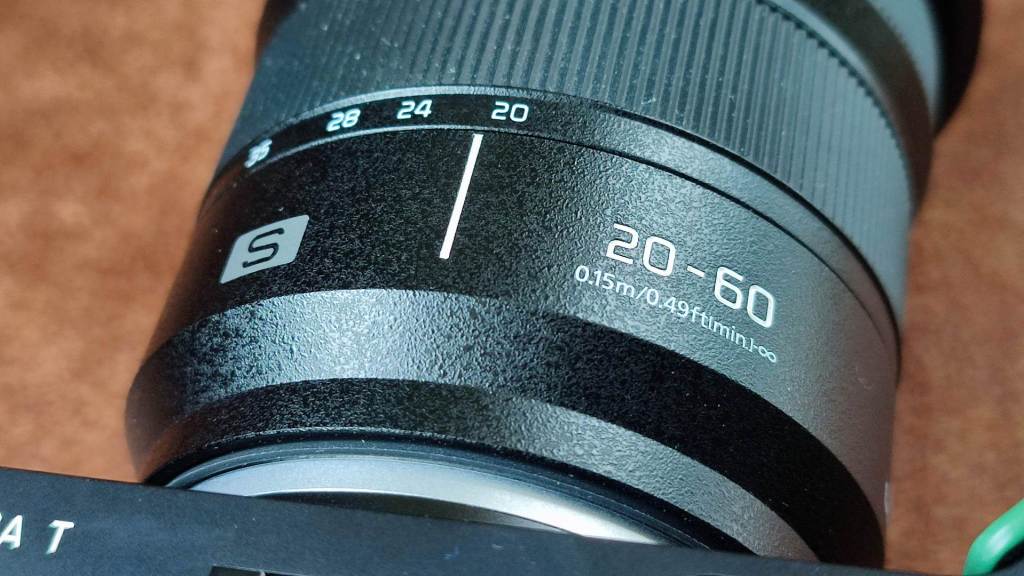
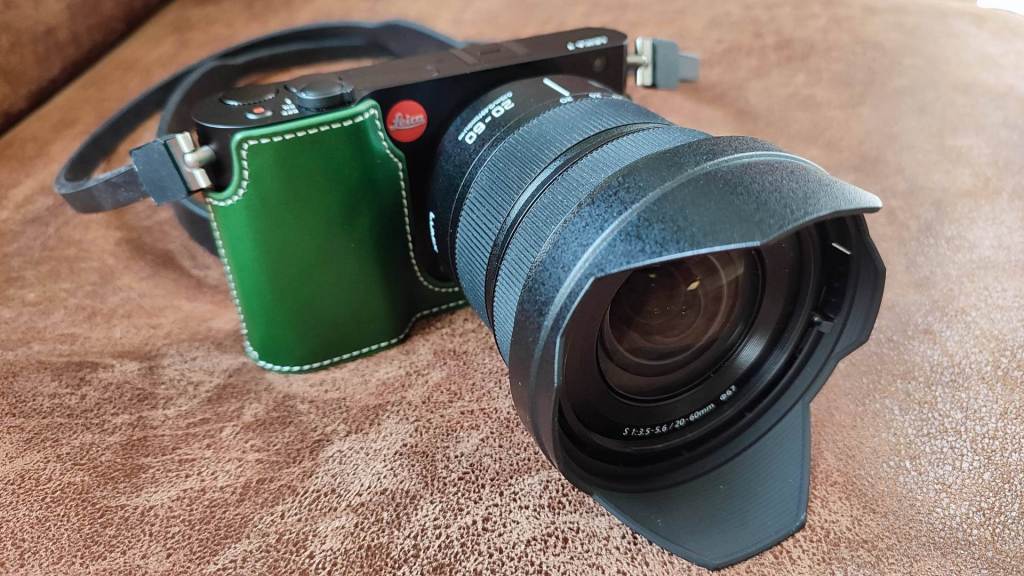
Lens Adapter
By using a lens adapter, you can also attach manual lenses to this camera. However, I have discovered that focusing using the “focus aid,” which offers 3x or 6x magnification, does not always work right out of the box. Here are the steps that helped:
- You can use a simple, non-electronic adapter; there’s no need to buy the expensive Leica adapter with electrical contacts.
- Activate the focus aid mode in the camera settings.
- Make sure the camera is in P, A, or S mode, as I couldn’t get it to work in M mode.
- Turn the left dial to activate the ISO tab in the top-right corner. Tap on ISO, and a menu will open, allowing you to reassign the ISO tab to a different function. In this case, select “Focus Aid” — and you’re all set.
Found on : https://www.l-camera-forum.com/topic/250360-focus-aid-in-manual-mode-on-leica-t/
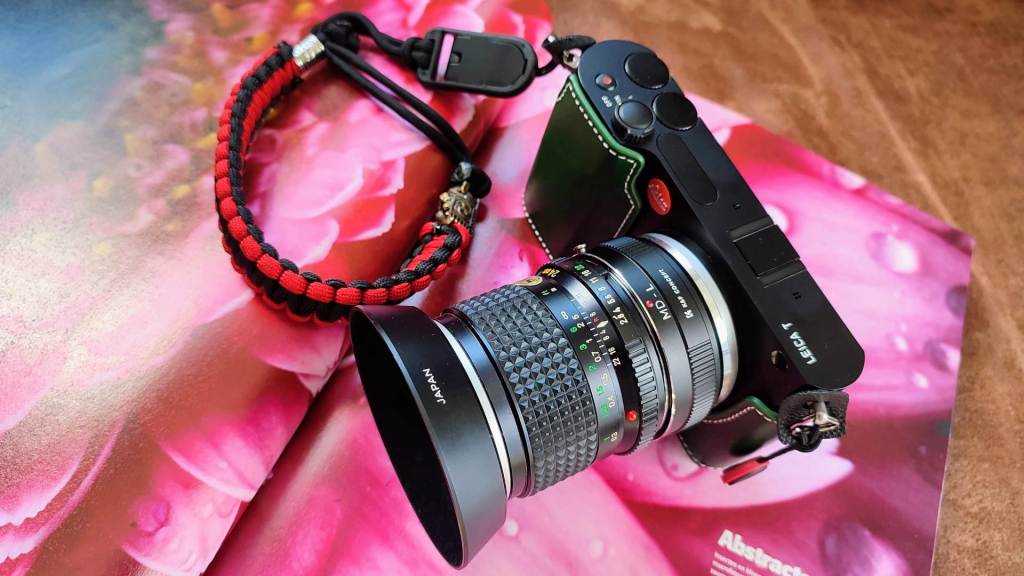
Viewfinder
Well, we’re coming back to that one “big issue,” which is the lack of a viewfinder. Leica, just like Olympus did with some models of the Pen series, has a solution for this in the form of an electronic attachable viewfinder. The Olympus VF-4 was priced around €150-200, but for the Leica viewfinder, you’ll have to dig a bit deeper into your pockets. The Leica Visoflex 020 will set you back around €350-400 second-hand, which is quite a hefty sum.
However, I must say—perhaps because I managed to snag a good deal for €249—the viewfinder really transforms the Leica T into a completely different camera. Equipped with the Visoflex 020, it feels like you’re holding a fully capable camera in your hands (not that it’s inferior without it). This actually made me curious about how the camera (without the Visoflex) would perform compared to the highly sought-after Leica M8.
After doing a comparison on Camera Decision, it turns out that the Leica T is actually the better camera, despite being APS-C and the Leica M8 being full-frame. Knowing this, and when paired with the Visoflex, you’ve got a highly capable Leica camera for an affordable price.
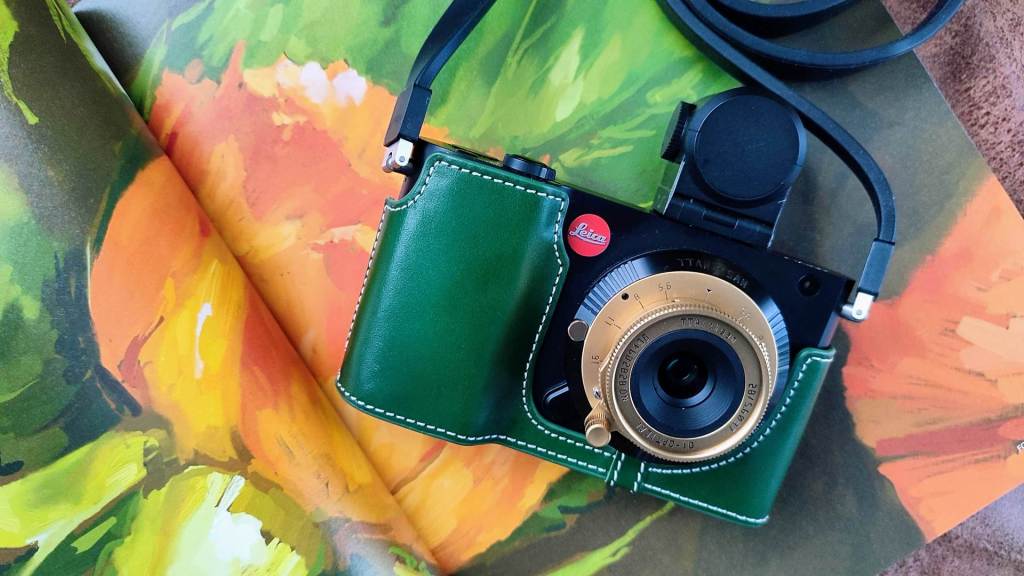
Accessories
I consider the following accessories a must-have,
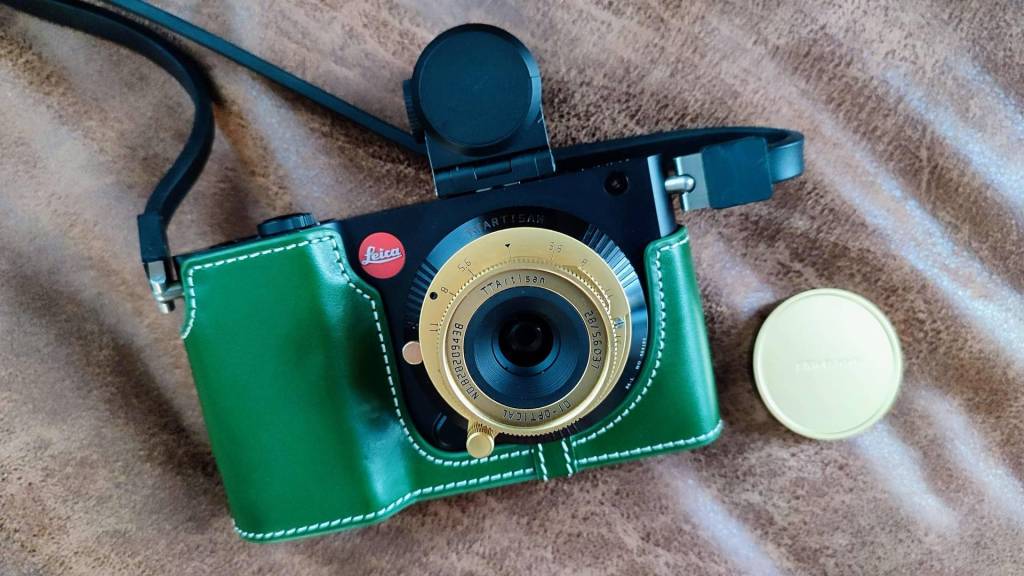
Leather half case – mine is green
Leather half case green found @ eBay or Aliexpress +- €80
LCD Screen protector
Screen Protector for Leica T (Typ 701) Screen Guard Clear Screen Film from protectionfilms24 @eBay +- €12
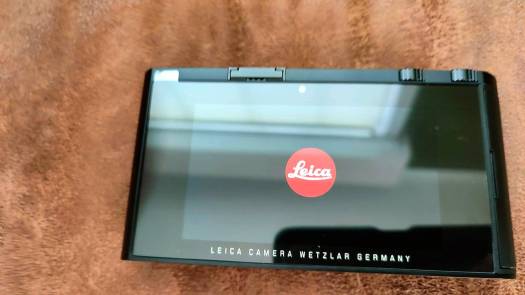
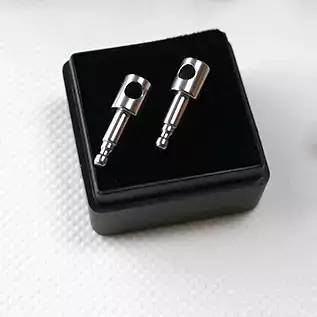
Universal Strap Lugs nr 18807
Found together with Leica T-Snap Orange/Rot @ Leica Store Nürnberg via eBay second hand +- €25
I would also recommend the Visoflex 020, especially if your eyes are less sharp for reading the settings, for people who don’t have that problem this is actually not really necessary. The screen is big and for composition even I don’t really need it, so it really depends on your sight.
Image Quality and Samples
As always in my reviews, these are just a few examples. However, you’ll soon be able to find many more photos taken with this camera in my photo gallery, La Gallerie, in the Menu -> Search, I have added a tag in the tag cloud “Leica T type 701” for best search.
All these pictures are jpg from camera, unedited, only resized in format and file size.
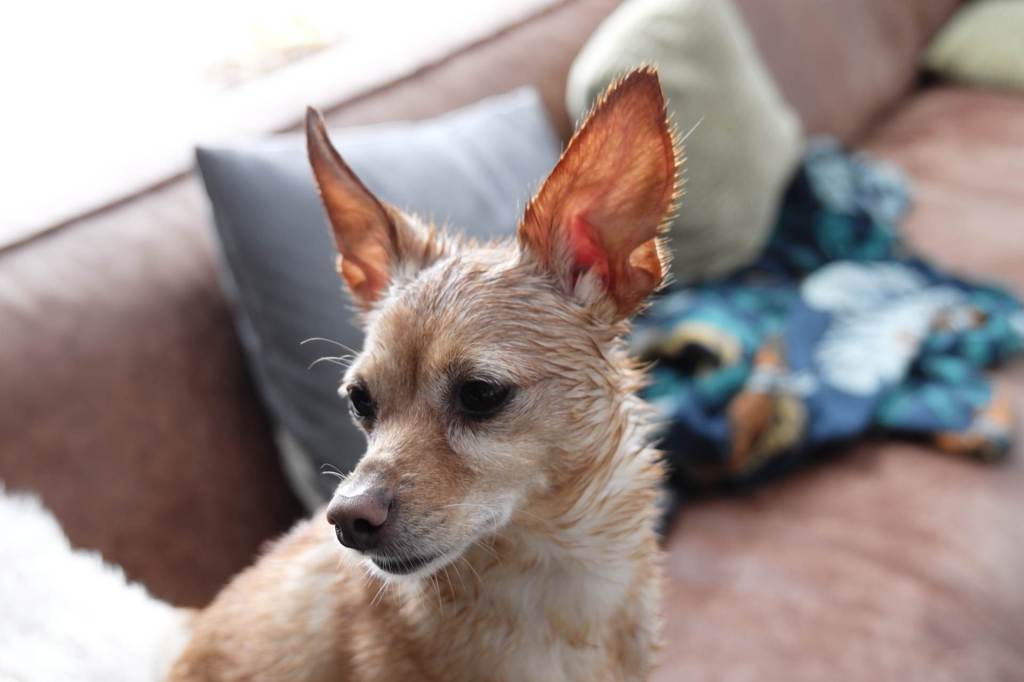
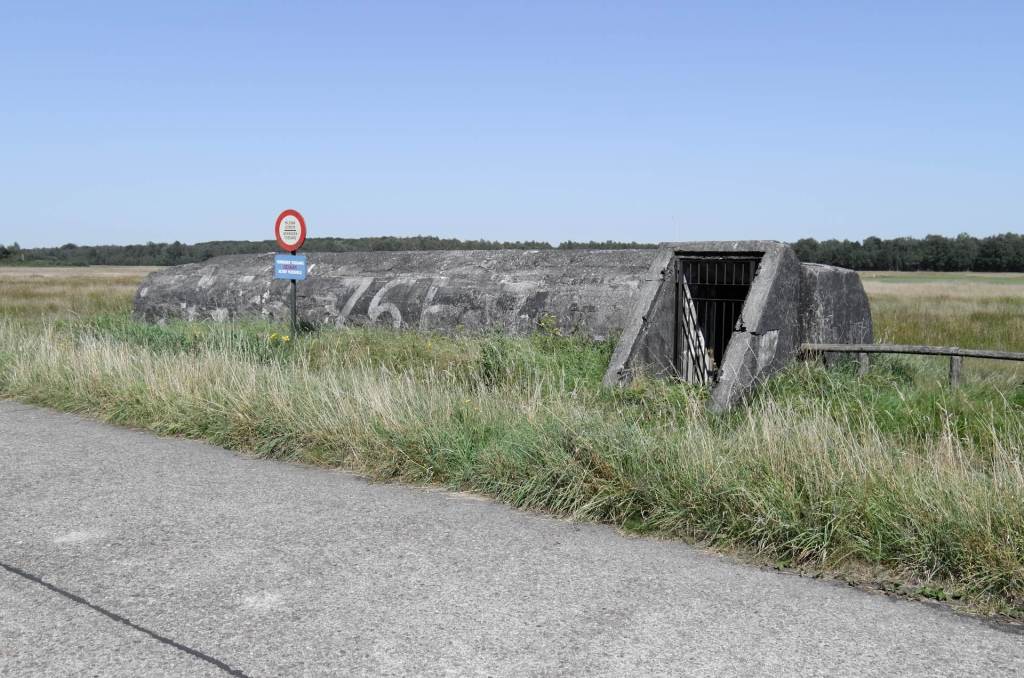
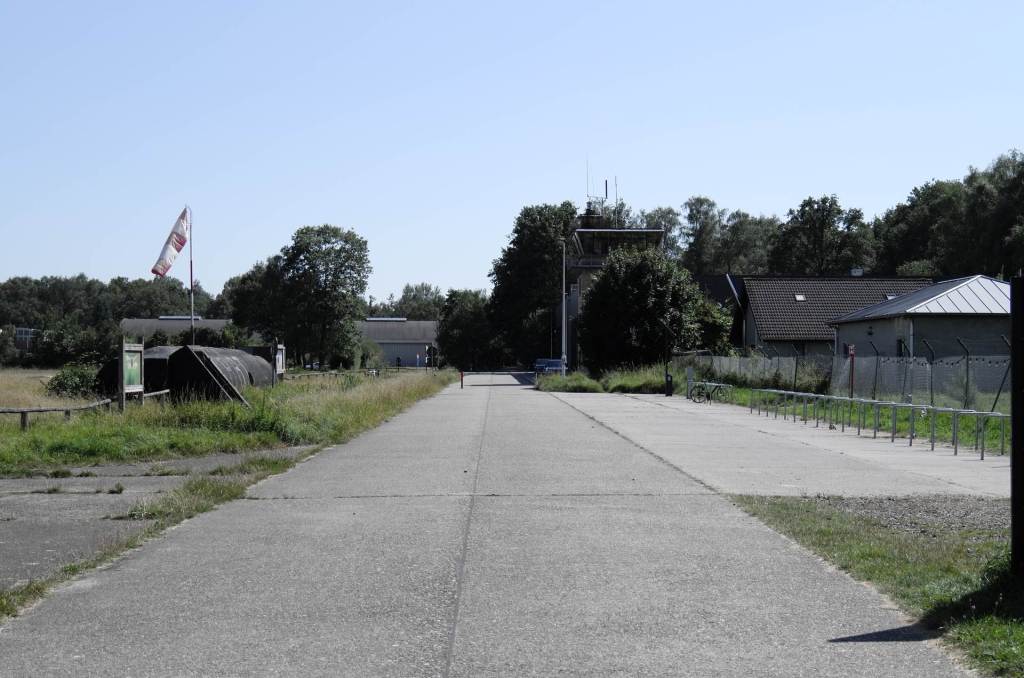

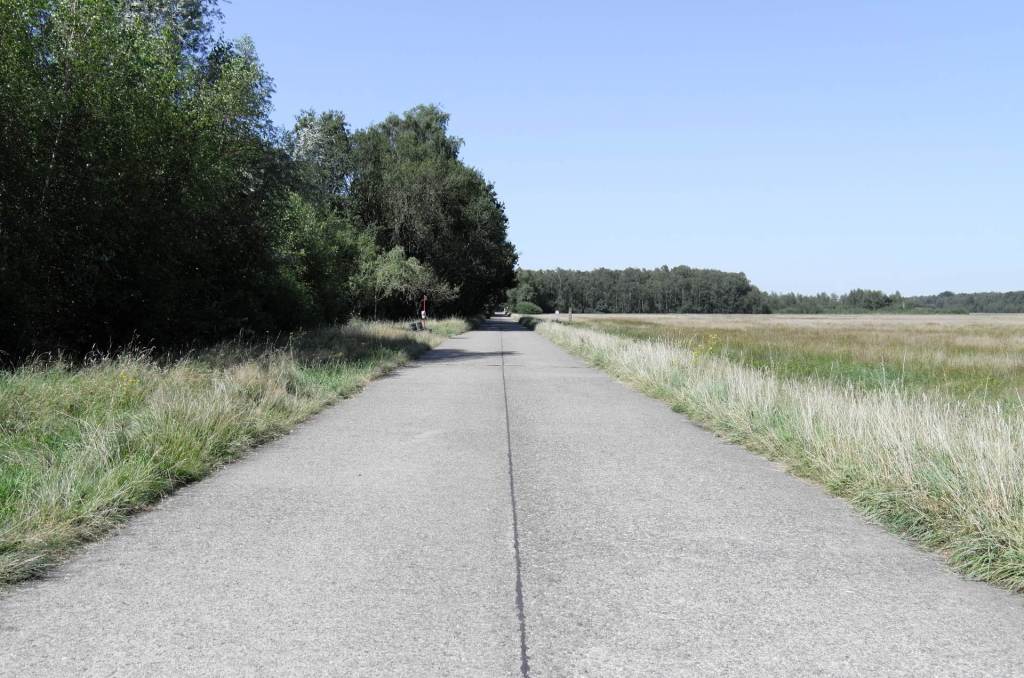


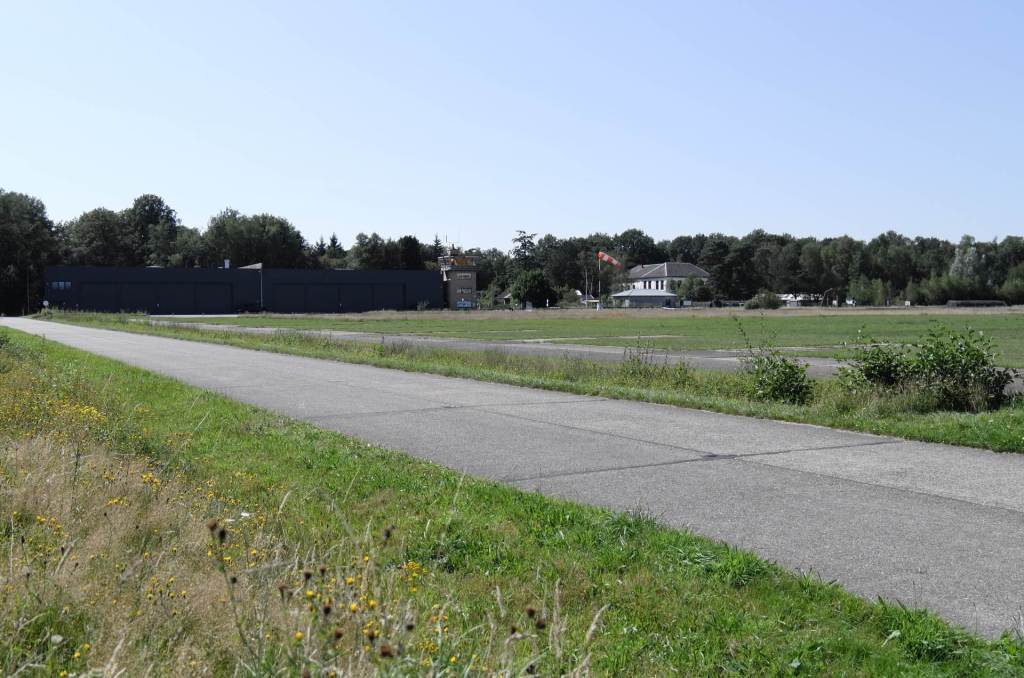


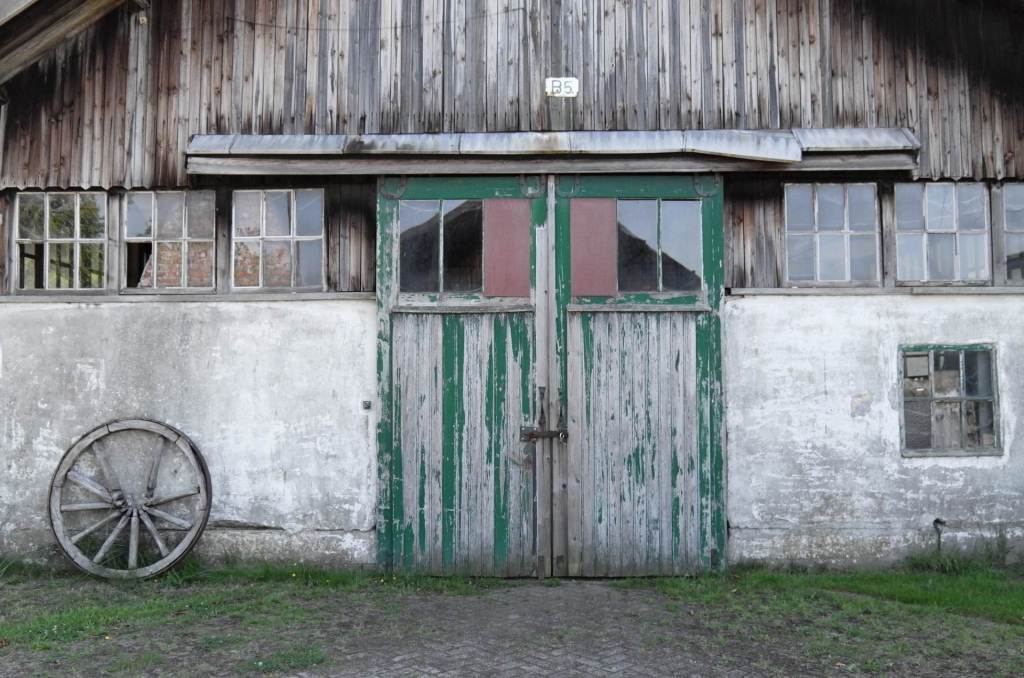



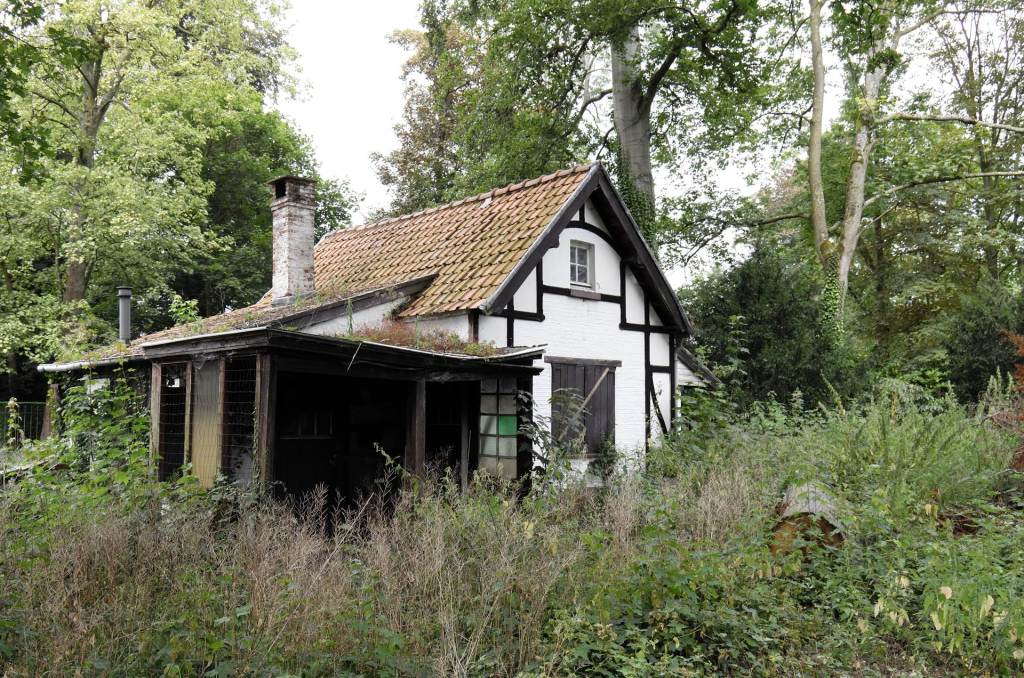



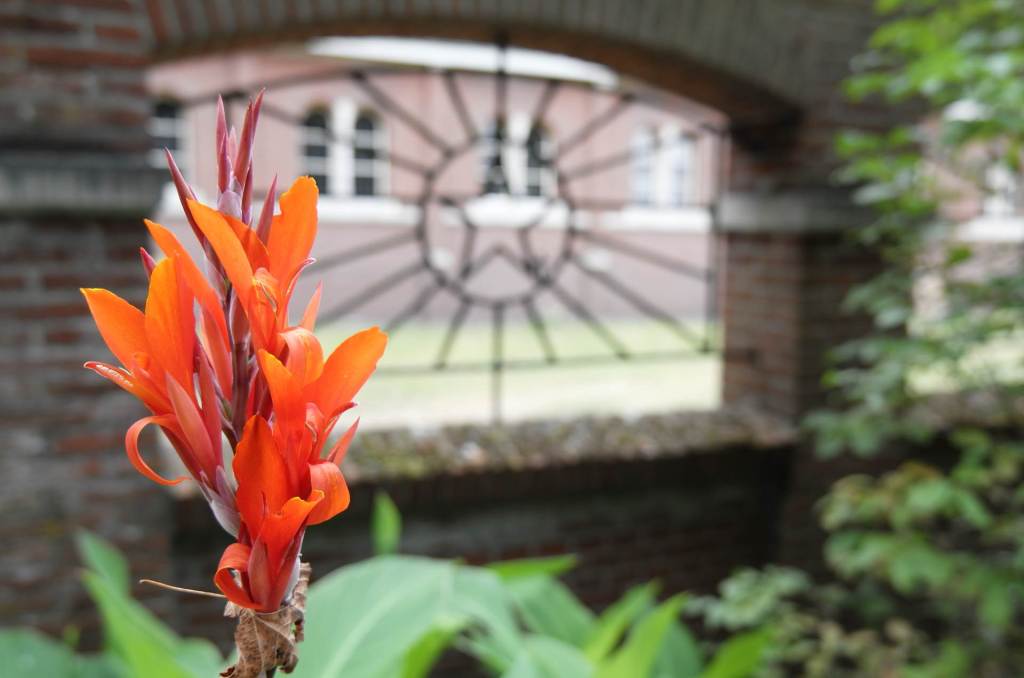
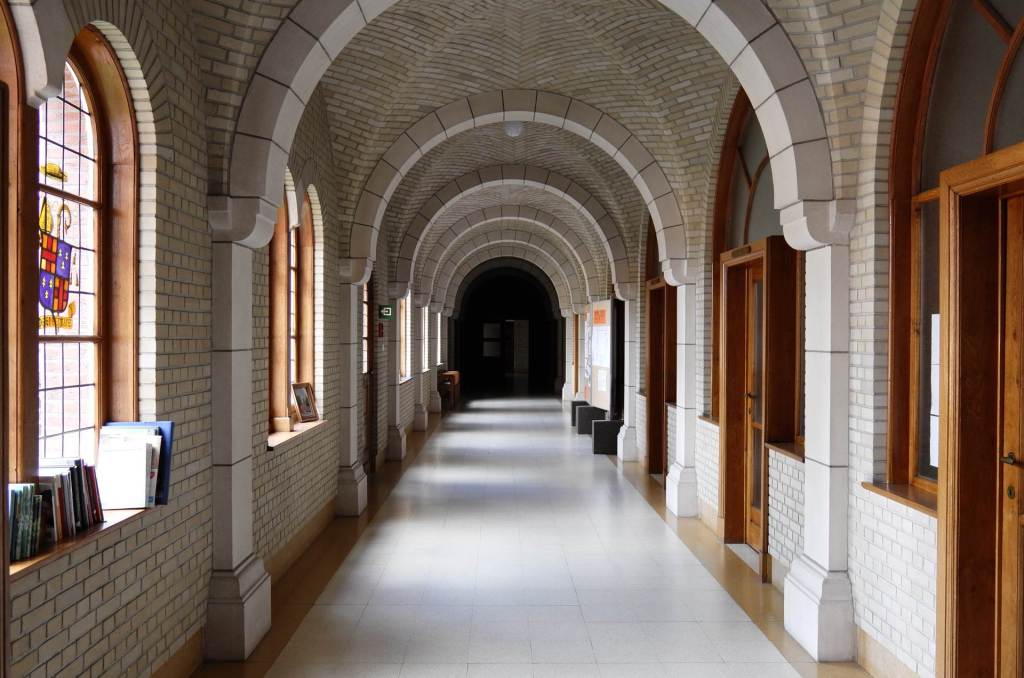
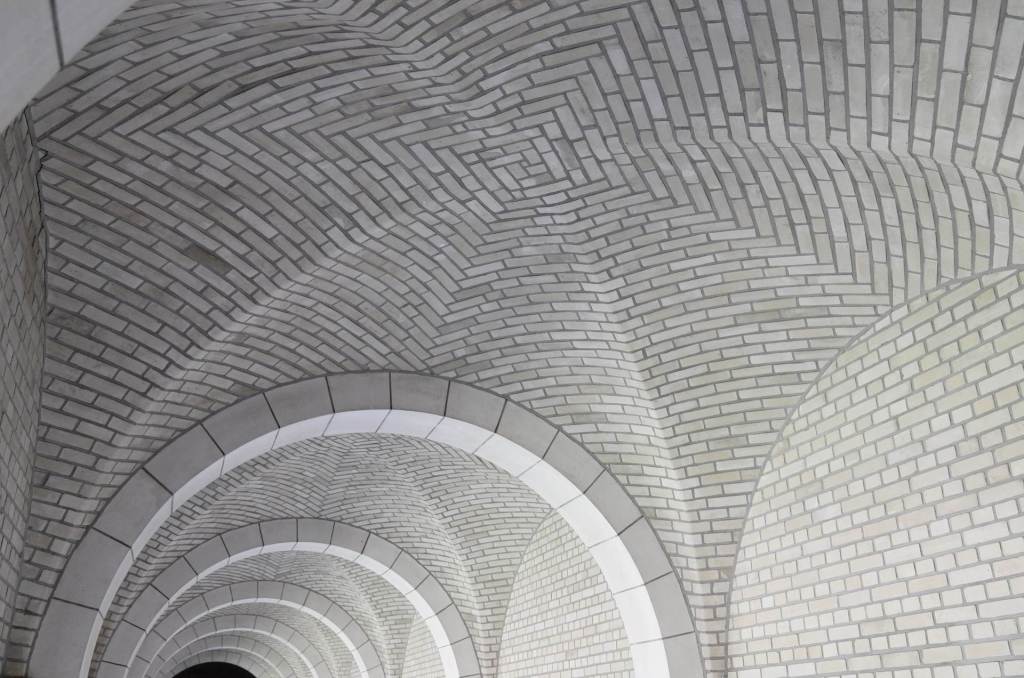
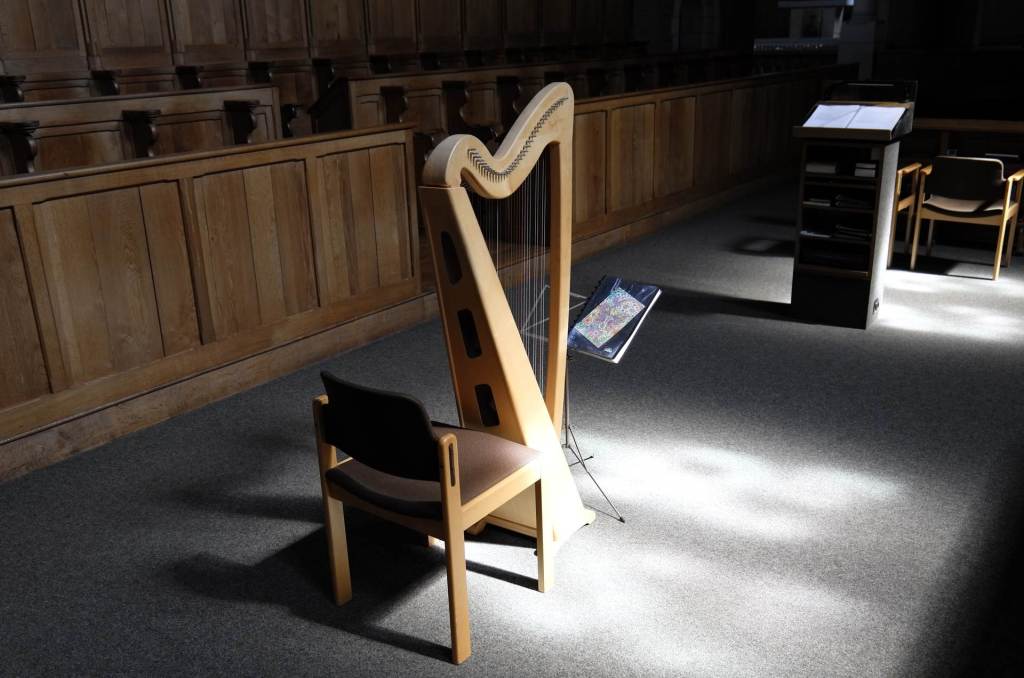




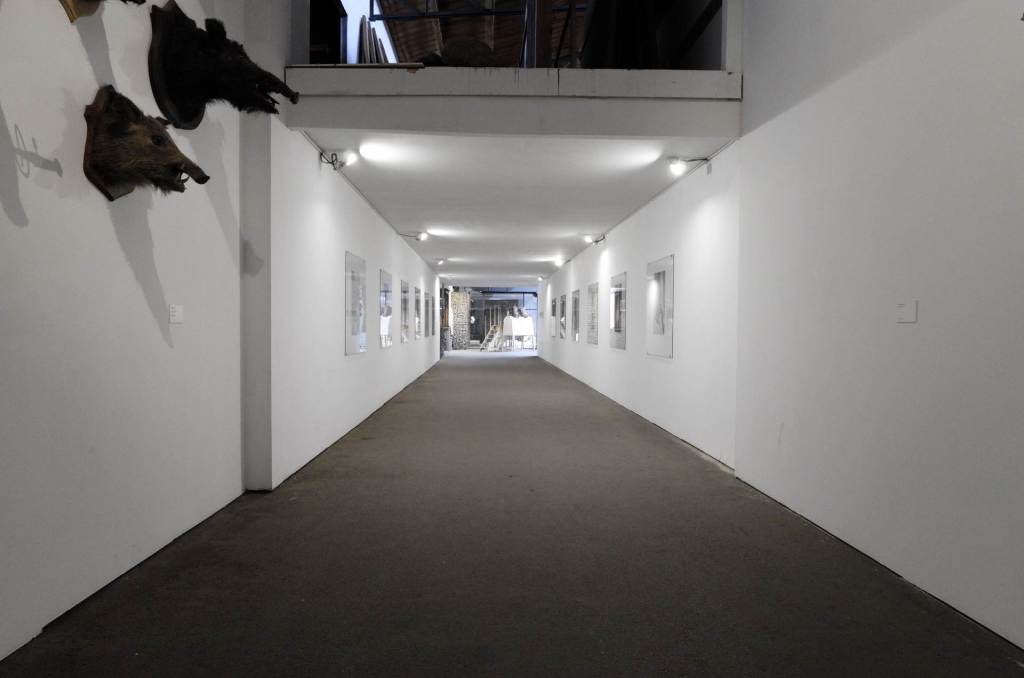
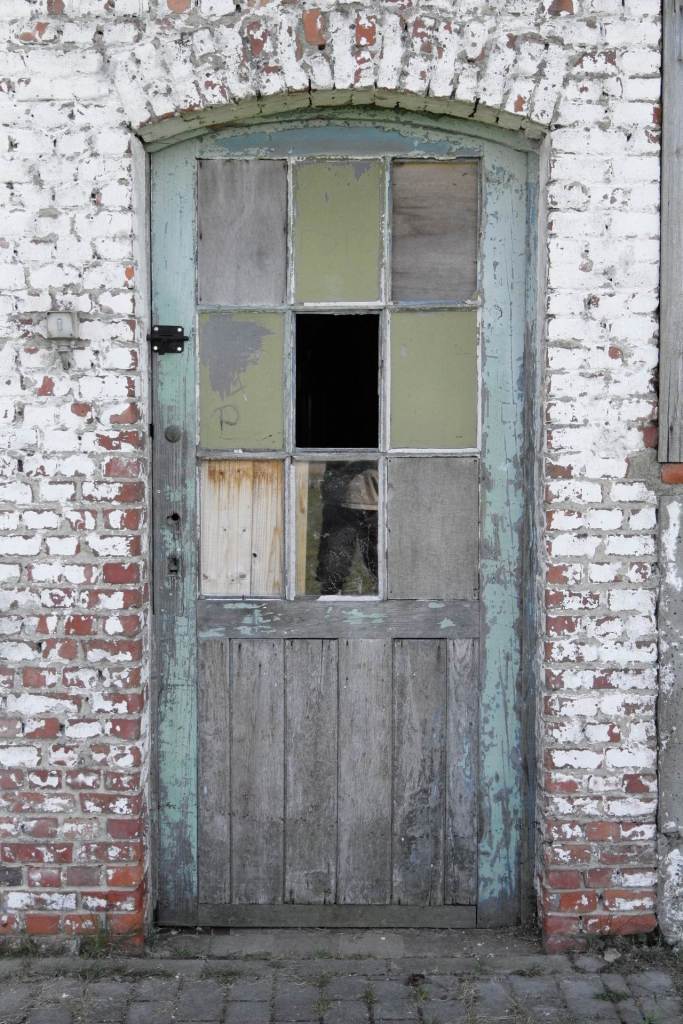
Developing in Rawtherapy
I process the Leica Raw DNG files in RawTherapee using Adobe camera profiles. Unfortunately, there is only an Adobe Standard Leica T dcp file, but after some experimentation, I’ve found that the Adobe Leica C-Lux or Adobe Leica V-Lux 5 profiles work best for the Leica T. Additionally, I find the Black Frost LUT by Emily Lowery from Micro Four Nerds to be a perfect match for this Leica.
Conclusion
As someone who wears glasses – one for distance and one for reading – photographing using an LCD screen isn’t always the easiest. However, the large screen definitely makes a big difference compared to the more common 3-inch displays. While I did purchase an electronic viewfinder (EVF) as well, I haven’t used it much, as taking photos with the large screen is actually more enjoyable.
Adjusting settings via the on-screen apps and the two command dials felt a bit strange at first, but you quickly get used to it, and it turns out to be quite convenient. I didn’t miss having a PASM dial or other buttons at all, and even the absence of focus peaking and internal image stabilization didn’t leave me feeling disappointed with this camera.
Occasionally, I have to double-check my settings before taking a shot, but that’s more due to my eyesight than the camera itself. The camera fits comfortably in hand, making photography a joy. In fact, I’ve never had so much fun taking photos with a camera. It’s as if this camera awakens the artist within you; you start viewing everything differently, paying more attention to composition, settings, and manual focusing.
Interestingly, I’ve found myself using manual lenses more often than the Lumix AF lenses. My favorites include the Mitakon 28mm f5.6, TTArtisan 28mm f5.6, and Minolta Rokkor 24mm and 24-35mm lenses. It feels a lot like shooting with an analog camera, something no other digital camera has been able to replicate for me.
Is this a camera I would recommend to a beginner learning photography? Yes, I think so. Would I recommend this camera to a seasoned or professional photographer, someone looking to awaken the artist within? Absolutely, this camera is up to the task.
The camera has a distinctly “digital” feel in its operation, much like a smartphone, yet at the same time, it offers an almost “analog” experience, especially when paired with a fully manual lens. It’s difficult to capture the exact atmosphere and feeling this camera evokes.
It even reminds me of photographers from the early 1900s, using their wooden cameras with large ground glass at the back. They would carefully select their subjects, find the perfect position, and craft the ideal composition. Then, after adjusting the focus and setting the exposure, they would finally create their masterpiece.
That, I think, is what best describes the Leica T Type 701, although it is much easier to carry than a wooden box 🙂
Discover more from Open Source Photography
Subscribe to get the latest posts sent to your email.


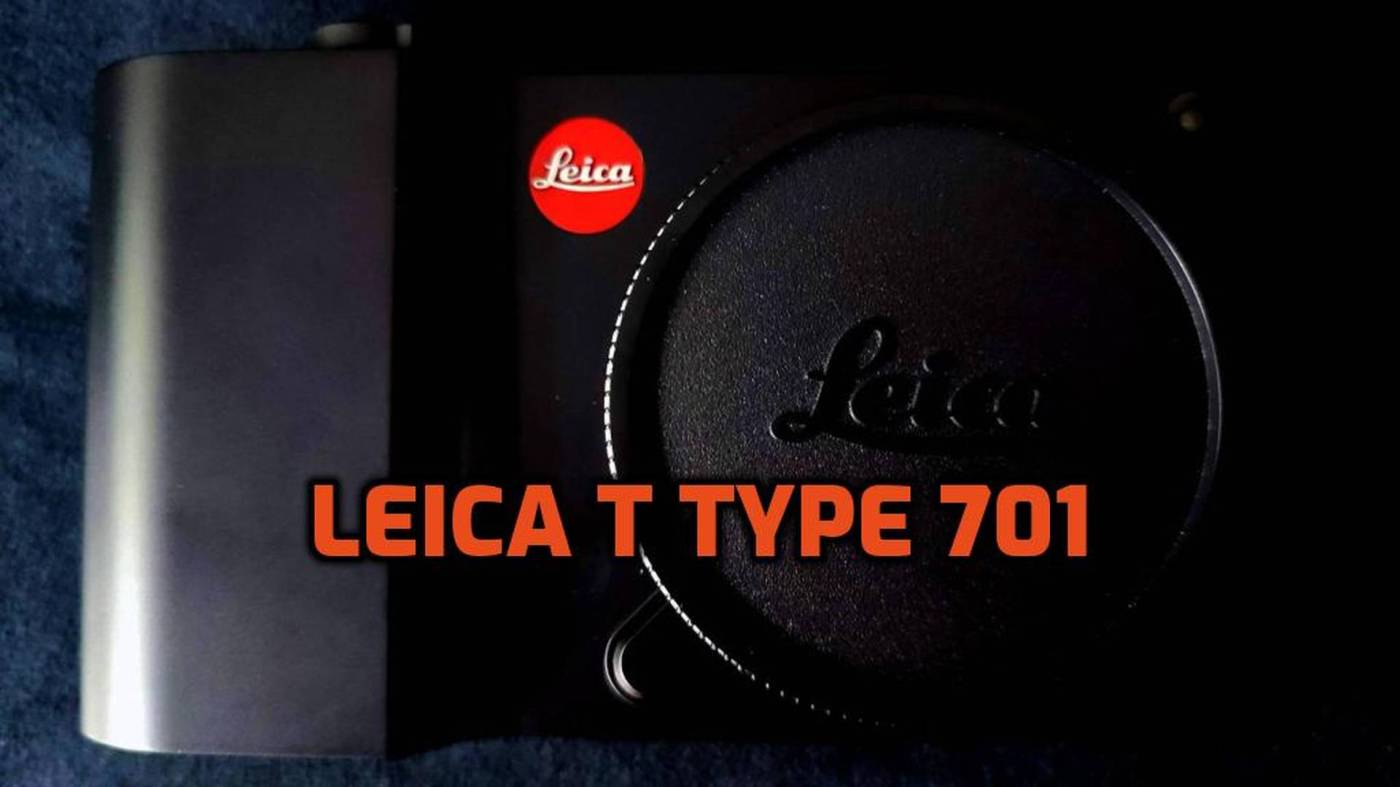

The camera looks amazing.
LikeLiked by 1 person
Thanks, Rabirius! It’s a fantastic camera – many photographers don’t think much of it, but once you get past all the prejudices, it’s truly a gem. I just visited your site, and I must say, it’s very interesting—and I mean that in a good way. It takes a bit of getting used to, just like with the Leica, but I also found some real gems there. Stunning site!
LikeLiked by 1 person
Great article, I have the Type 701 with the 18mm elmarit, it’s an amazing combo, vey small and almost pocketable. Great quality output considering it’s age. I recommend trying the high contrast black and white profile for jpegs, lovely results out of camera.
LikeLike
Thank you, Ian! It’s a fantastic camera. Calling it “pocketable” might be stretching it a bit 🙂 — but I get what you mean. The camera itself is definitely slim enough; it’s usually the lens that gets in the way.
I’m familiar with the high-contrast black-and-white profile, as well as all the others from the 701, and I agree—they’re fantastic. However, I use them a bit differently. I almost always shoot in JPG + RAW. The JPGs are set to Leica’s standard colors, while in RawTherapee, I apply Adobe’s camera profiles. For the T, that specific profile isn’t available, but I opt for the D-Lux 7 instead, as it’s very similar, if not identical.
Thanks so much for visiting my site and leaving a comment, Ian. I hope you’ll keep coming back—you’re always welcome!
Best regards and all the best,
Marc
LikeLike